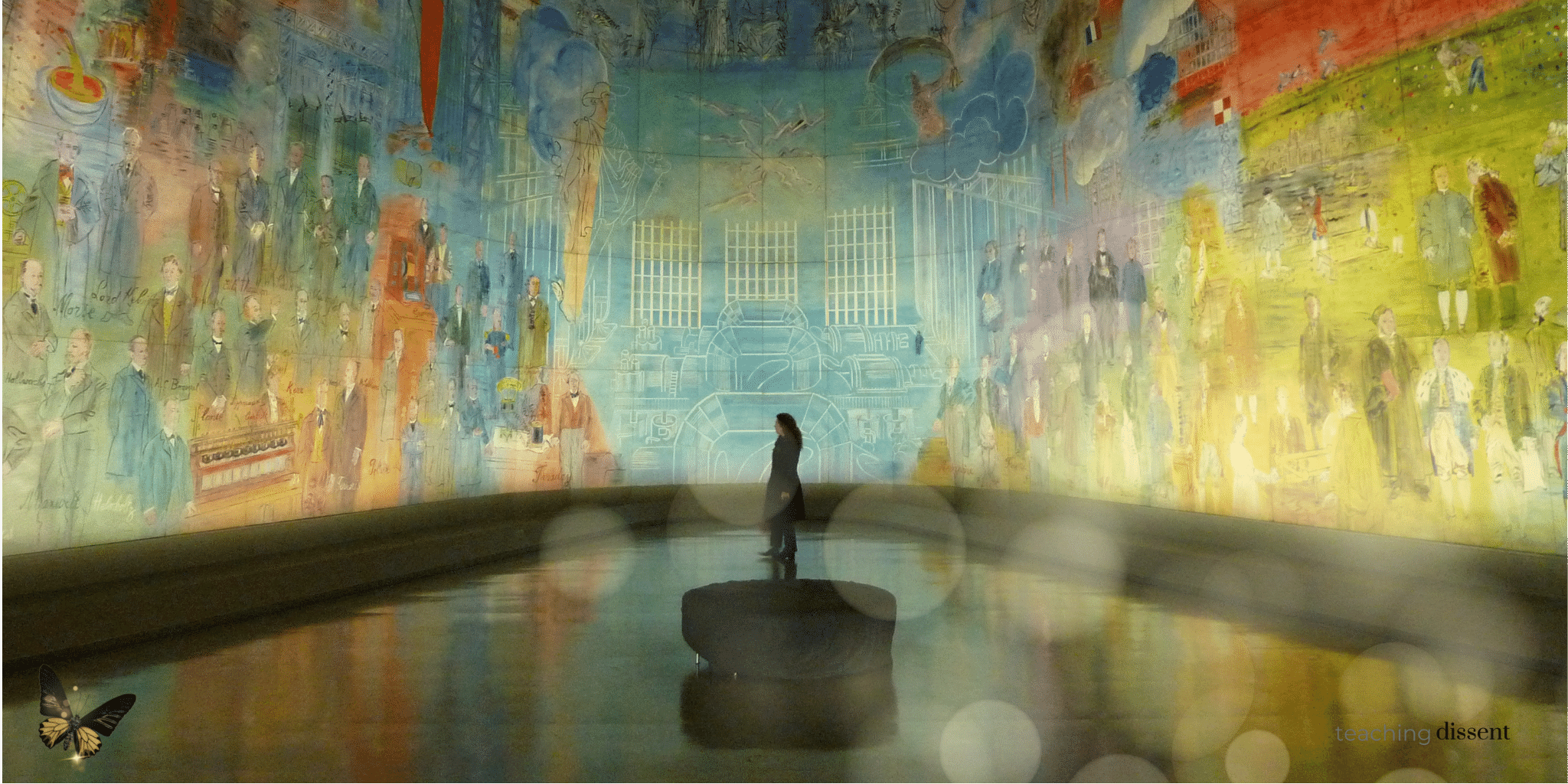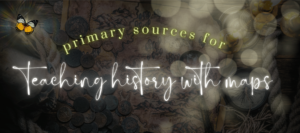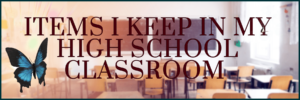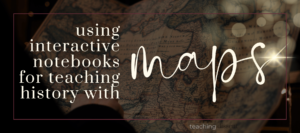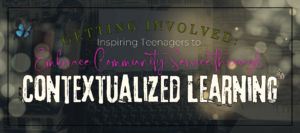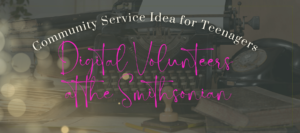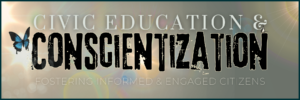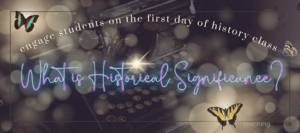I am sure we all understand the value of incorporating artwork into high school classrooms, but the selection of posters and other decor geared towards teachers is wanting at best. And I find most of the carefully created, super cute stuff on TPT to be for elementary classrooms, or just not my style, or costs more money than I have to spend. So where oh where to find free art downloads?
Luckily, there are numerous online resources available that offer high-quality digital reproductions of artwork from around the world, and it is then just a matter of figuring out how to get them printed. Which I also have advice for.
What does “digital art” mean?
This refers to a piece that you download to your computer; not an actual piece of art you can hold in your hand. Once downloaded to your computer you can choose to print the artwork at school, have it printed professionally, use your district’s print shop (check and see if they have one!), use it as a screen saver… or whatever you want.
I will show you the two different ways I have found high quality art for my classroom that didn’t cost me a fortune, and that both my students and I actually liked. I involve students in the classroom decoration process every year because it’s their space too.
Amplifier
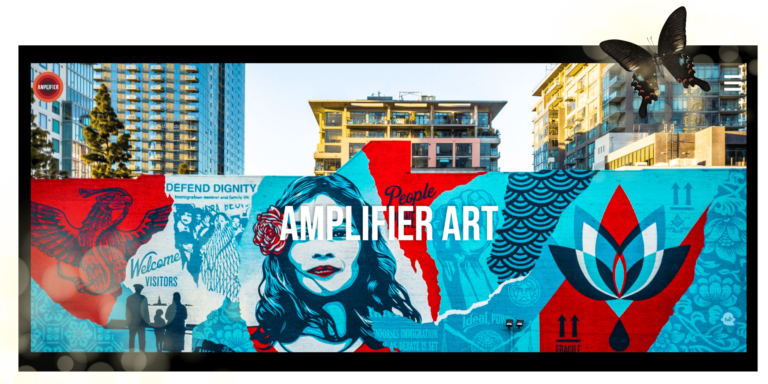
Beware, this is a rabbit hole.
Amplifier Art is a now globally recognized art and social justice organization that connects artists with the rest of us (so that we can “amplify” their message, hence their clever name).
Go to the downloads section and search by language, category (social movement), and/or artist, and then you can just download as you like. There are even coloring pages!
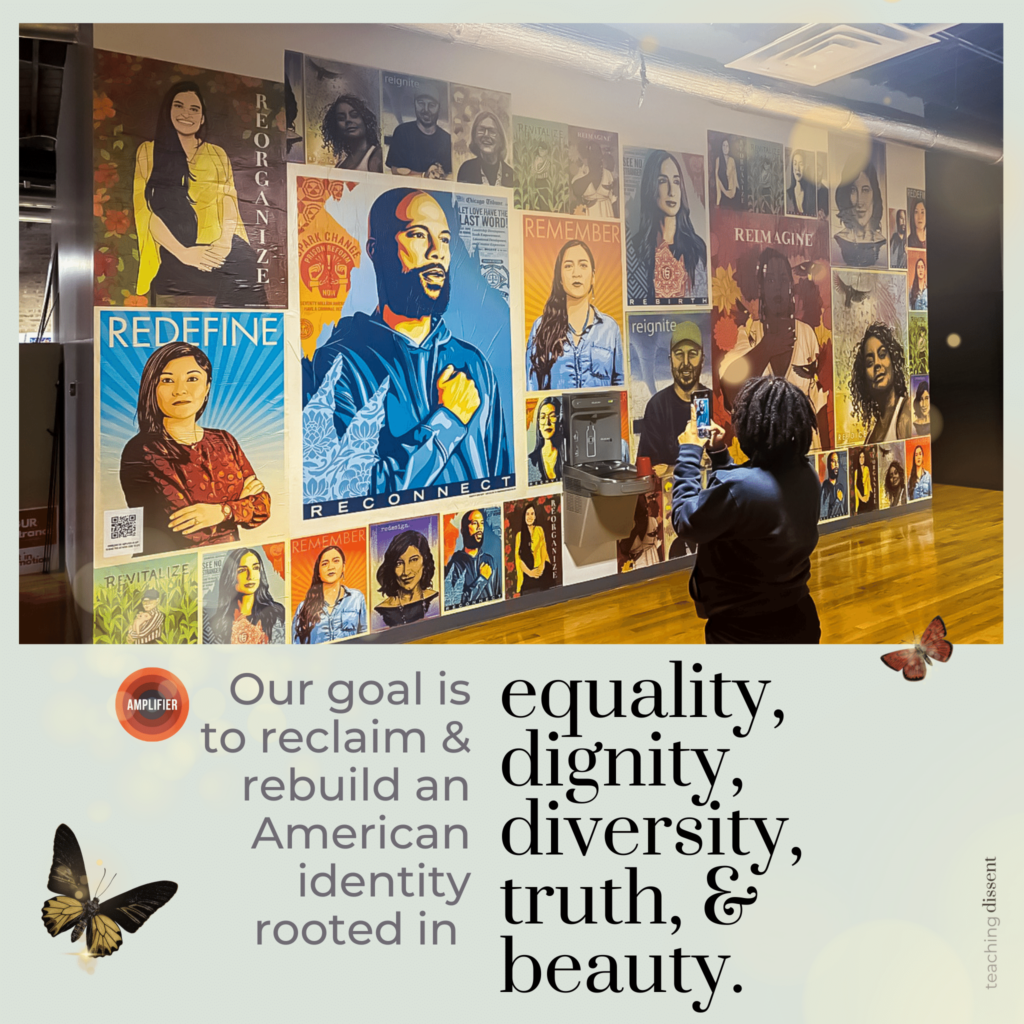
From their website:
“Our distribution channels reach an average of 20 million viewers per campaign, reaching activists, teachers, policy makers, journalists, and everyday citizens eager to build a new world. We do this work with the goal of reclaiming an American identity rooted in equality, dignity, diversity, truth, and beauty. We believe that each piece of art we create and distribute with our partners can be a compass that leads us away from the chaos and negativity of this polarizing time. Since 2015, we’ve commissioned over 400+ artists, distributed tens of millions of pieces of art and sent free artwork to hundreds of thousands of students across the United States.
At Amplifier, we flip artists into activists, observers into participants, and both marchers and students into the voters who will shape elections for years to come.”
If that didn’t already steal your heart, there’s more. There is an entire section dedicated to us... with lesson plans and other teaching resources connected to the posters available for download, as well as resources for parents. I can’t vouch for any of these as I have never used any of them, but it’s the principal here that matters.
Below are two from Shepard Fairey that were my personal favorite in my classroom last year and which I happily gave to graduating seniors who asked for them at the end of the year to take to their college dorms.
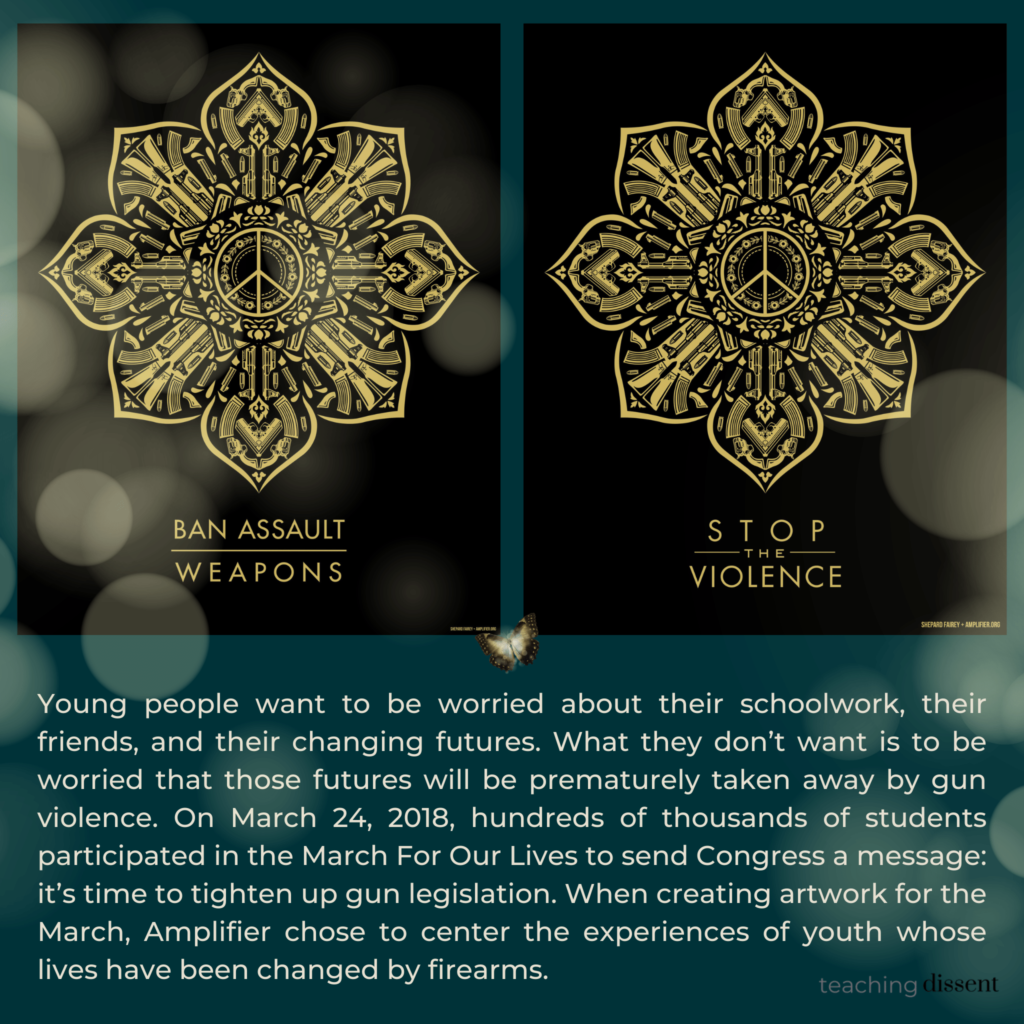
Art museums + open access
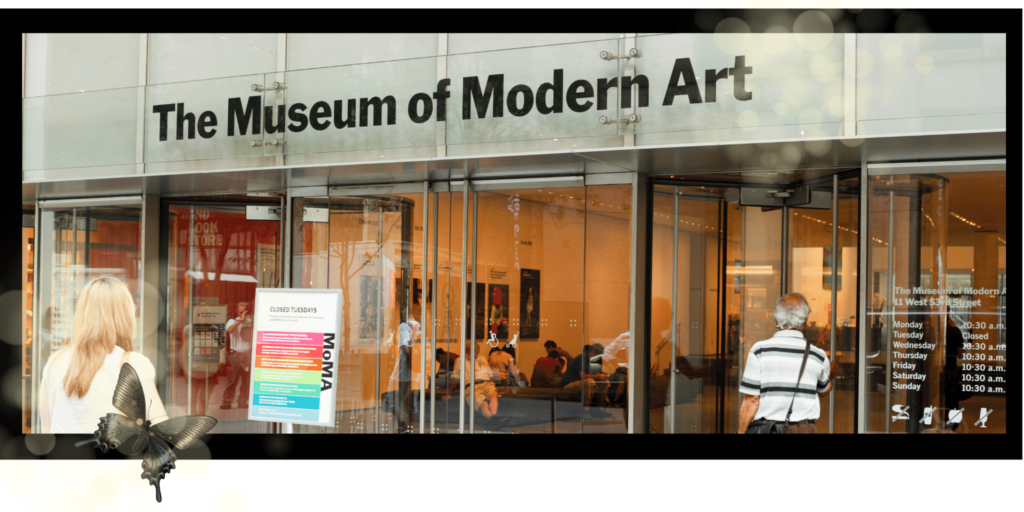
Basically, the open-access movement makes scholarly things available to the masses in the interest of improving our collective knowledge and creative potential.
From the UNESCO website-
A publication is considered in Open access if:
- its content is universally and freely accessible, at no cost to the reader, via the Internet or otherwise;
- the author or copyright owner irrevocably grants to all users, for an unlimited period, the right to use, copy, or distribute the article, on condition that proper attribution is given;
- it is deposited, immediately, in full and in a suitable electronic form, in at least one widely and internationally recognized open access repository committed to open access.
The point of all of this, so many art museums have jumped on the Open Access bandwagon and are offering free downloads of pieces of art without restriction to use, share, or even remix… not that this has ever mattered to a single teacher I know in the history of me knowing teachers, but for what its worth, these pieces are out of copyright and thus available to us, the masses. Hooray for us.
Below is Weaving (1936) by Diego Rivera, made available by The Art Institute of Chicago.
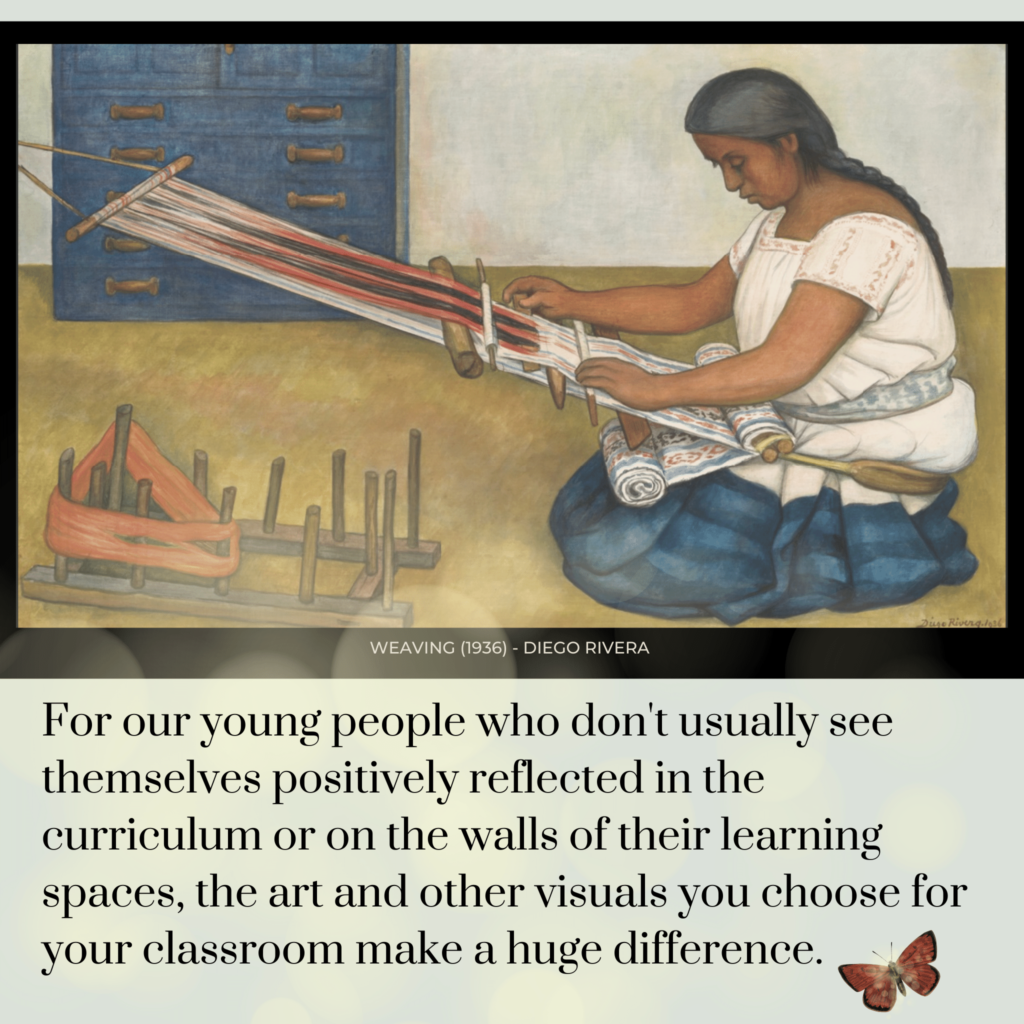
More examples: the New York Metropolitan Museum of Art has more than 406,000 images of artworks from their collection available now, and there are many other museums offering the same.
Such as:
- The Smithsonian
- National Gallery of Art
- Art Institute of Chicago (they explain how to find and use things here)
- Library of Congress

Depending on what you teach or how thematic you want to be, you could integrate art or historic images/documents into the classroom as teaching tools and references.
Displaying the art
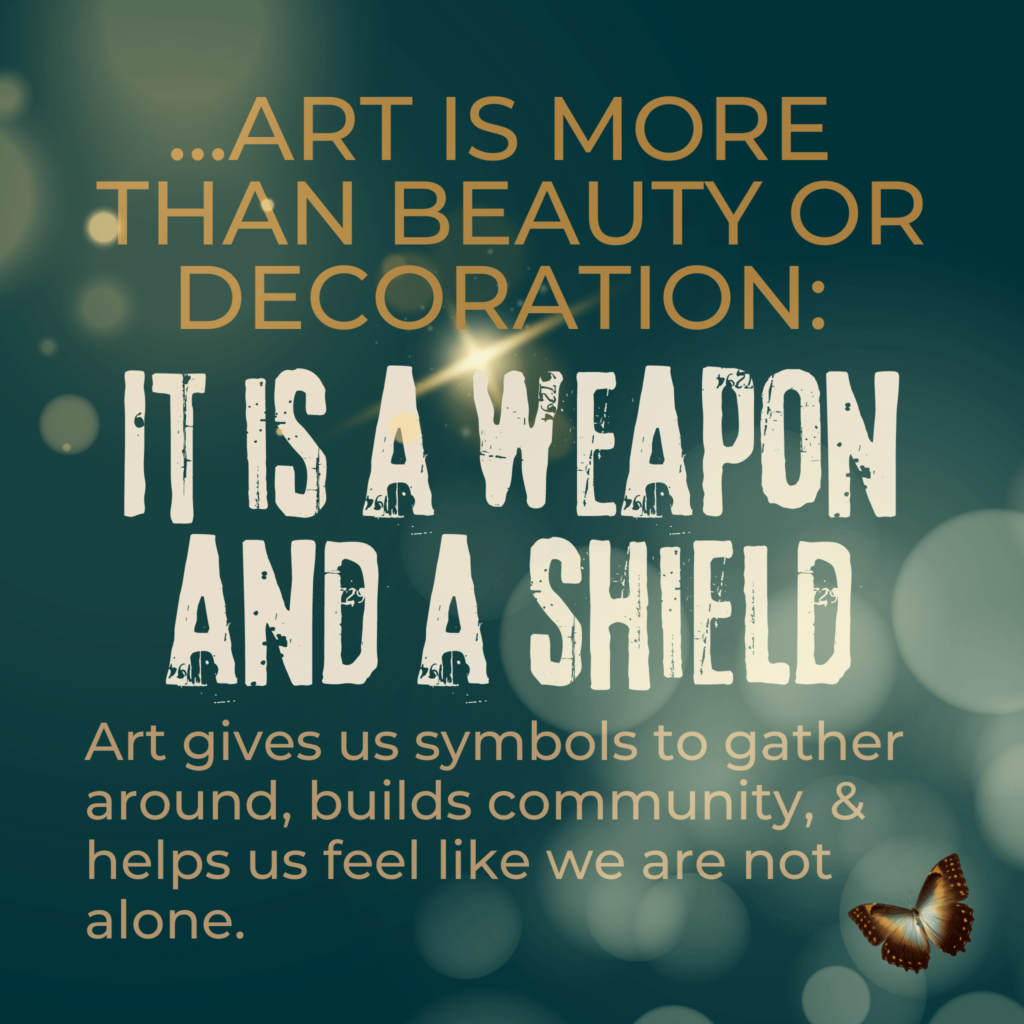
Lastly, consider how the art will be displayed in your classroom. Will you print and frame the images? Will you project them on a screen or wall? The way in which you present the art can greatly impact how your students interact with it and can also create a visually stimulating environment in your classroom.
One option is to print and frame the images. This gives the art a more polished and professional look and can add a touch of elegance to your classroom. It also allows you to mix and match different pieces and create a cohesive theme. You could create a gallery wall by hanging a variety of images in different sizes and orientations. This can create a visually interesting display that will grab your students’ attention and encourage them to engage with the art.
Lastly, consider incorporating the art into your lesson plans. You could use the art as a jumping-off point for discussions or creative writing assignments. This will not only help your students engage with the art on a deeper level but will also help them develop critical thinking and analytical skills.
Not only does it add visual interest and personality to the space, but it can also enhance your students’ learning experience. Studies have shown that exposure to art can improve critical thinking skills, increase creativity, and foster a deeper appreciation of history and culture.
Most of all, this is the place to tacitly start conscience-building, peaking interests, asking questions.

